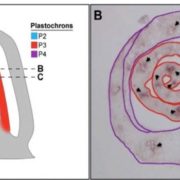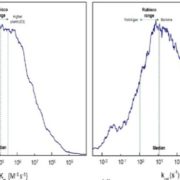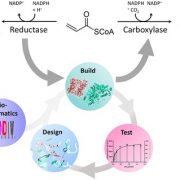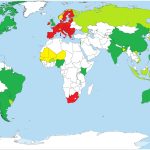Special issue: Rubisco and its regulation
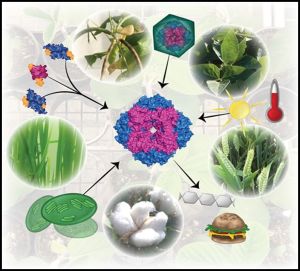 Rubisco (ribulose-1,5-bisphosphate carboxylase) catalyzes the fixation of atmospheric carbon from CO2 to molecules used for biosynthesis and energy production. Several studies have focused on understanding the nature, complexity, activity, and regulation of Rubisco due to its key role in the production of carbohydrates. A new special issue of the Journal of Experimental Botany highlights advances in Rubisco research. For example, Bracher et al. show that the Rubisco folding pathway within higher plant chloroplasts requires chaperonin 60/20/10 complexes and specific auxiliary factors (such as Raf1, Rad2, BSDII, and RbcX). Qu et al. show that isoforms of Rubisco activase are active in warmer temperatures. Ang et al. detail how Rubisco condensation within pyrenoids and carboxysomes by liquid-liquid phase separation has helped in understanding Rubisco aggregation by disordered linkers such as EPYC1, and the possible transfer of these solutions from nature into improved crops. As revealed in this special issue, studies of Rubisco have provided a platform that facilitates understanding of protein folding, assembly, and intricacies of regulatory mechanisms underlying the dynamics of plant metabolic responses to changes in the environment. (Summary by Abdulmalik, Abdulkabir Omeiza @Omeiza_PlantDoc) Issue link https://academic.oup.com/jxb/issue/74/2
Rubisco (ribulose-1,5-bisphosphate carboxylase) catalyzes the fixation of atmospheric carbon from CO2 to molecules used for biosynthesis and energy production. Several studies have focused on understanding the nature, complexity, activity, and regulation of Rubisco due to its key role in the production of carbohydrates. A new special issue of the Journal of Experimental Botany highlights advances in Rubisco research. For example, Bracher et al. show that the Rubisco folding pathway within higher plant chloroplasts requires chaperonin 60/20/10 complexes and specific auxiliary factors (such as Raf1, Rad2, BSDII, and RbcX). Qu et al. show that isoforms of Rubisco activase are active in warmer temperatures. Ang et al. detail how Rubisco condensation within pyrenoids and carboxysomes by liquid-liquid phase separation has helped in understanding Rubisco aggregation by disordered linkers such as EPYC1, and the possible transfer of these solutions from nature into improved crops. As revealed in this special issue, studies of Rubisco have provided a platform that facilitates understanding of protein folding, assembly, and intricacies of regulatory mechanisms underlying the dynamics of plant metabolic responses to changes in the environment. (Summary by Abdulmalik, Abdulkabir Omeiza @Omeiza_PlantDoc) Issue link https://academic.oup.com/jxb/issue/74/2


